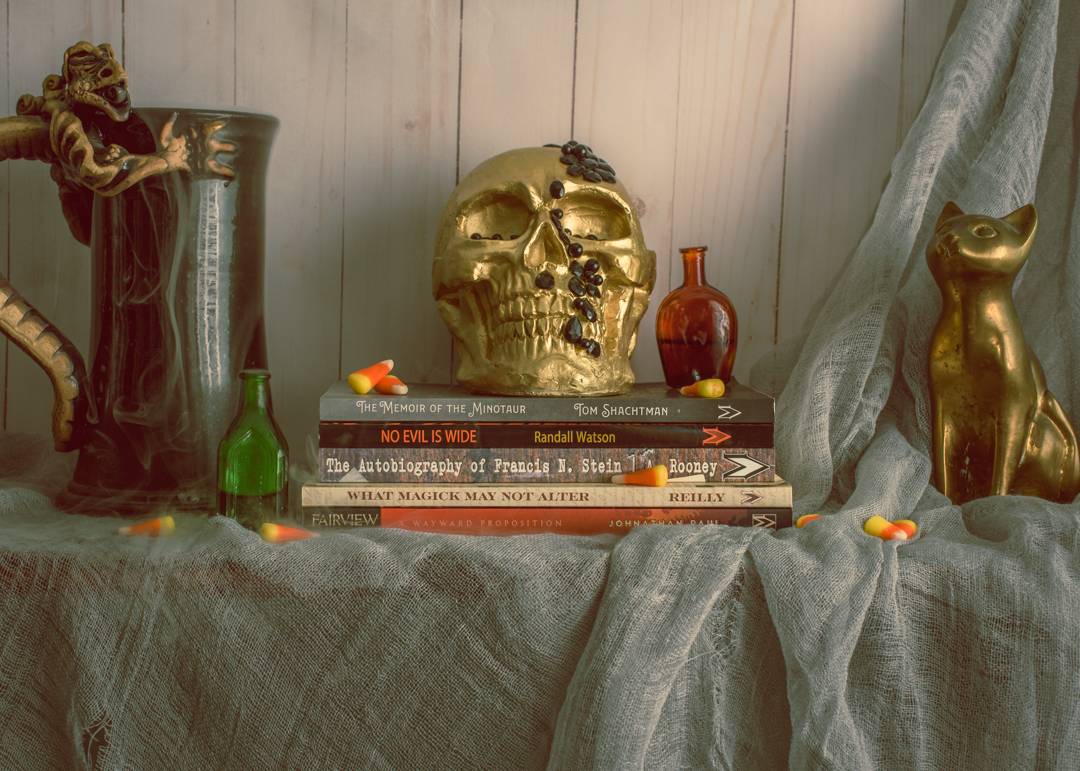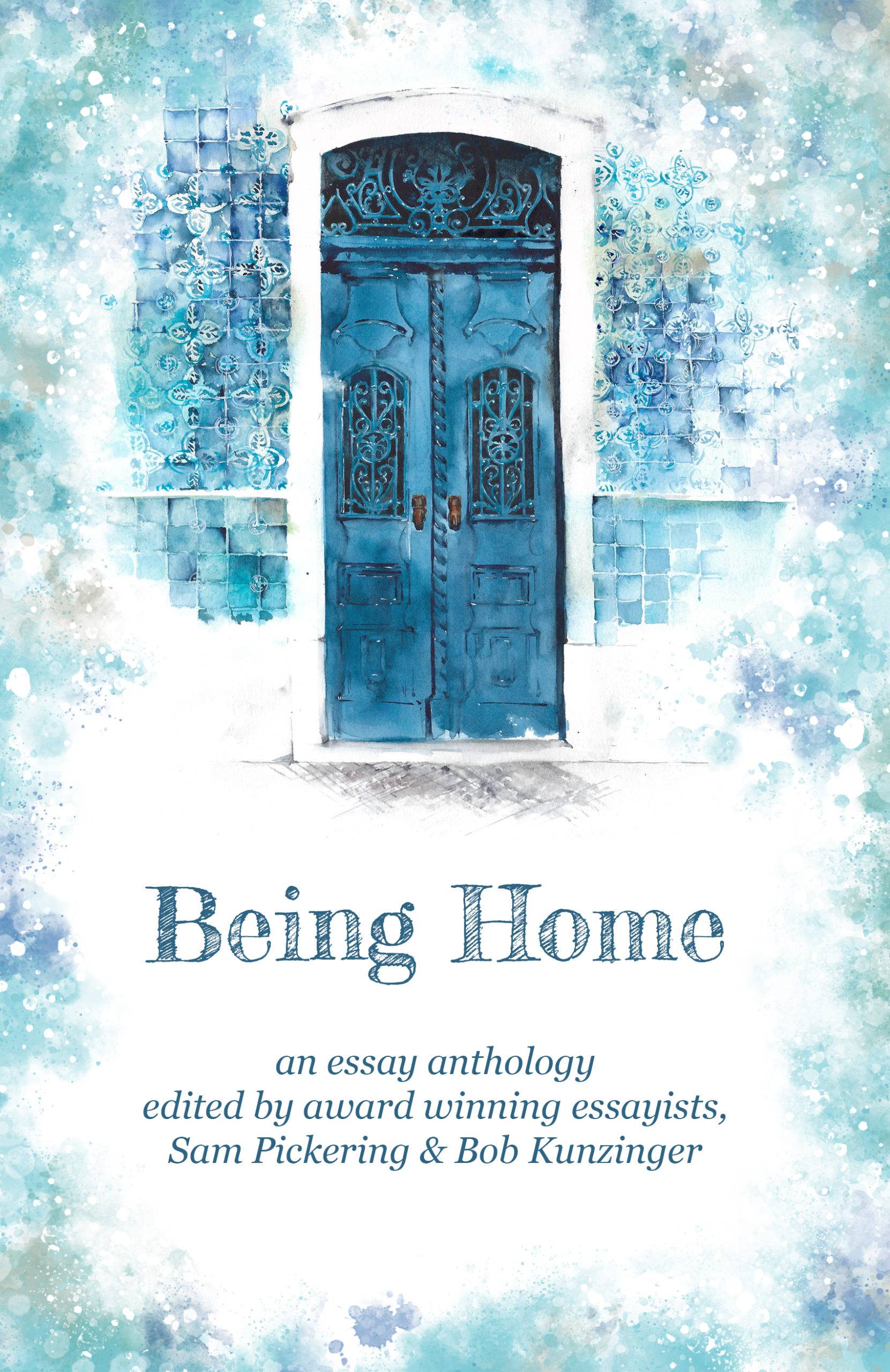
How did our books do in 2020? We looked at Amazon’s best seller’s rank for each of our titles.
We’ve been reviewing how our books fared in 2020, a different sort of difficult year. We were pleasantly surprised when we reviewed the different books’ Amazon rankings. We have some standouts:
Sisypha Larvata Prodeat by Jan Cole, translated by Angela Liu, and edited by Lorrie Lo

A Clearing Space in the Middle of Being by Jeff Hardin

Some Notes You Hold by Rita Sims Quillen

The Memoir of the Minotaur by Tom Shachtman

Congratulations to all our authors on this list. Keep up the good work!




